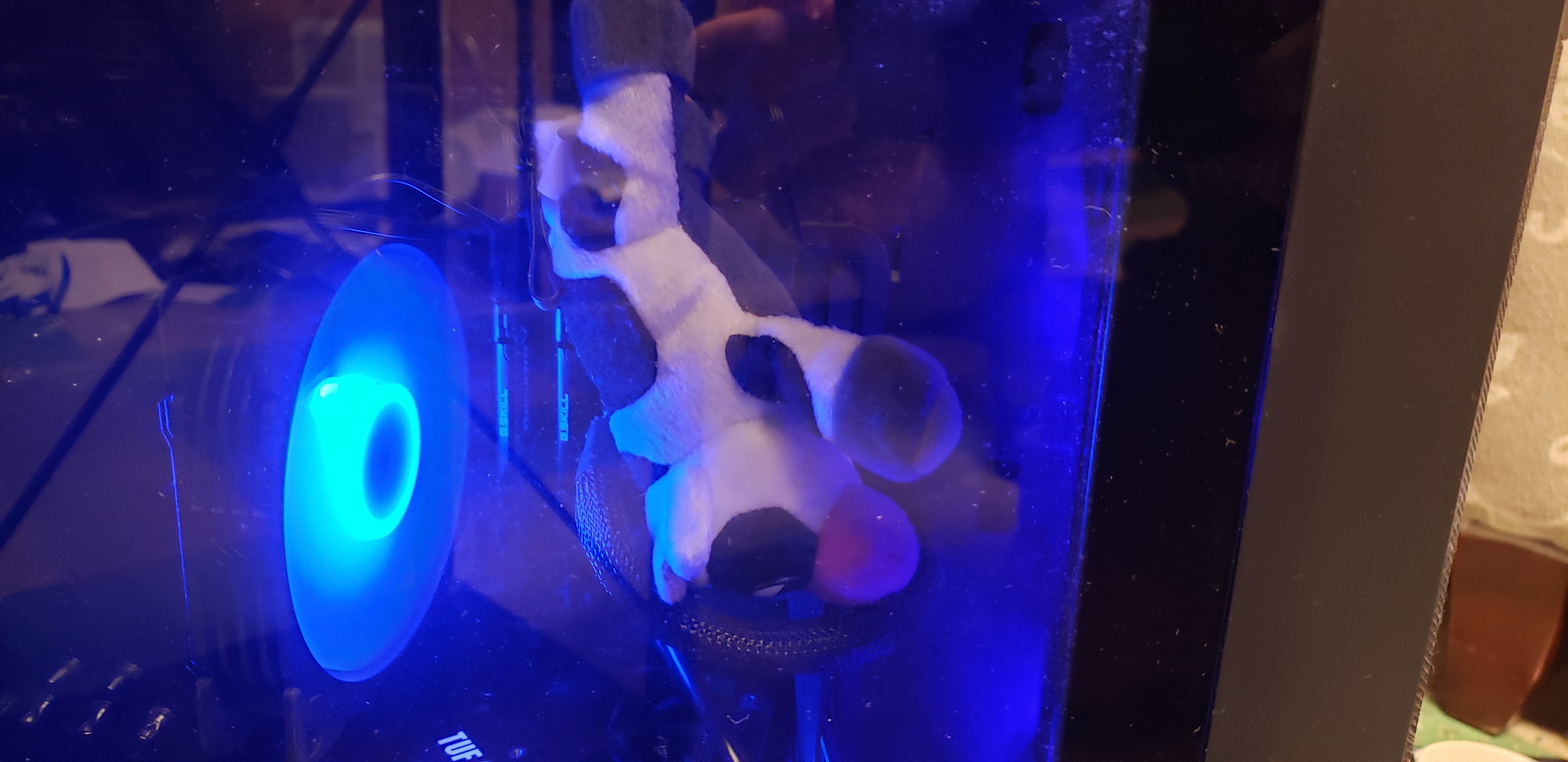Hello, i am currently looking for a Linux distribution with these criteria:
-it should be more or less stable, comparable to Ubuntu with or without LTS // -it should not be related to IBM to any way (so no fedora/redhat) // -it should not feature snaps (no Ubuntu or KDE neon) // -KDE plasma should be installable manually (best case even installed by default) // -no DIY Distros //
I’ve been thinking about using an immutable distro, but if anyone can recommend something to me, I’d be very grateful //
Edit: I’m sorry for the bad formatting, for some reason it doesn’t register spaces
An immutable distro with a heavily customized KDE desktop is Nitrux. Check it out at nxos.org
Omg you just described slackware. Join us!
I would recommend Fedora Kinoite.
Yes, you said no RedHat stuff, but Fedora is 100% community run.Especially when you use the Kinoite-build from universal-blue.org, everything should work ootb and is very reliable, while also being semi-stable in terms of update frequency
Second that. Ublue kinoite-main for a painless experience.
Personally I would even recommend Secureblue
kinoite-usernsbut only if you have no problems building Firefox yourself, using Chromium, using Brave, or maybe using the Flathub official Firefox.Your link to Secureblue is invalid, it points to subdomain of the user’s Lemmy instance.
Lemmy…
deleted by creator
I read this as:
Looking for a Half-Life Linux distroi would use that
Gets abandoned before the third major version
There are only 3 options I can immediately think of, for you:
Debian
OpenSUSE (Leap)
Slackware
They are ordered from most to least likely to recommend for your criteria i.e I recommend Debian, alternatively Leap, and if you don’t like either you can try Slackware, but Slackware is closer to a DIY distro.
Opensuse Slowroll is a way better approach than Leap. Same for Debian, I would use Kubuntu and desnap it or something, as updates every 2 years is simply outdated quickly.
KDE doesnt work well with “stable” Distros.
As a long term slackware aficionado, I agree that it meets the criteria. But it also is significantly different from other distros in enough ways that you may find yourself relearning things you took for granted. And that is off-putting for a lot of users.
that is offputting for a lot of users.
I wanted to like Slackware, I really did, but you’re right. It is significantly different and not necessarily in a good way (I’m not bashing Slackware, I’m just saying that Slackware is quite archaic in the way it does things, and that’s not always the best way of doing things).
You can’t avoid IBM/RedHat - they contribute to the kernel and many, many other parts of Linux eg systemd. I have no idea what you mean by DIY distros, what a peculiar adjective in this context. Linux itself is DIY. Life is DIY.
That said, voidlinux is an independent distro without systemd or snaps based on runit for init and xbps for package management. It’s also a STABLE rolling release.
I have no idea what you mean by DIY distros, what a peculiar adjective in this context. Linux itself is DIY. Life is DIY.
Pretty sure what they meant is no distros where you have to manually curate and possibly even build every sodding package, like Linux From Scratch, Gentoo, and maybe to an extent Arch. I presume they want a disto that flashes to a live USB, walks through a wizard, and boots up out of the box fully functional in minutes, no fuss required.
> You can’t avoid IBM/RedHat
Let’s just leave it at that, we can’t avoid code published by them, it is everywhere. Both of those are subject and clear collaborators with agencies of the state that protects their existence.
It is 100s of times better than MS, ok, yes, it is. Still, “we” have a long way to go, away from “them”.
OpenSUSE. snapshots build in. nVidia hosts its own Leap or Tumbleweed GPU repo you can add for trouble fee GPU use. GUI for almoat all config tasks you might normally do at the CLI. Stable…and rollbacks ahould you make a mistake
Slackware current.
Gentoo.
It’s rolling release, has stable and testing packages, and users can choose between them per-package (or globally) and it runs or is easily made to run on pretty much everything.
no diy
I would recommend void, alpine (kde plasma auto installer may still be broken for some users, works for me tho, also musl so if you need appimages or some very specific applications don’t use it.), alpaquita (much stable alpine with glibc if you need appimages), slackware (current only, it is stable rolling, and their point release features very old kernel and packages so I wouldn’t recommend it, paldo (stable rolling, gnome by default but plasma installable.), gentoo (if you have time to compile, why not it as stable as rolling can get without it being openSUSE), openSUSE (easiest rpm based (Oracle fork) but still IBM code nonetheless)
debian (mx-linux has a kde version if you want less hasle then pure debian) or opensuse leap on the “stable” side, opensuse tumbleweed if you want more recent packages (i’ve never had it destroy itself like arch, its been very stable for a rolling distro)
OpenSUSE TW
it should be more or less stable, comparable to Ubuntu with or without LTS
It’s very stable and I’ve never had issues
it should not be related to IBM to any way (so no fedora/redhat)
It’s supported
no DIY Distros
It’s developed by SUSE.
it should not feature snaps (no Ubuntu or KDE neon)
It uses flatpaks
KDE plasma should be installable manually (best case even installed by default)
OpenSUSE is one of the few distributions that uses KDE Plasma by default.
Isn’t TW the rolling-release variant?
Maybe I’m just scarred from years of IT, but I would avoid recommending any rolling release to someone if they specified “stability” and were likely fresh out of the Ubuntu/Green Ubuntu kiddie pool.
Just assume that they mean they want to set it up with minimal user interaction and then never, ever, ever have to change settings again.
Alpine Linux.
stable ✅
technically comparable to Ubuntu ✅
not related to IBM ✅
doesn’t feature snaps ✅
KDE plasma ✅
not DIY ✅WCGW
Opensuse Slowroll
Mint LMDE Kde flavor










